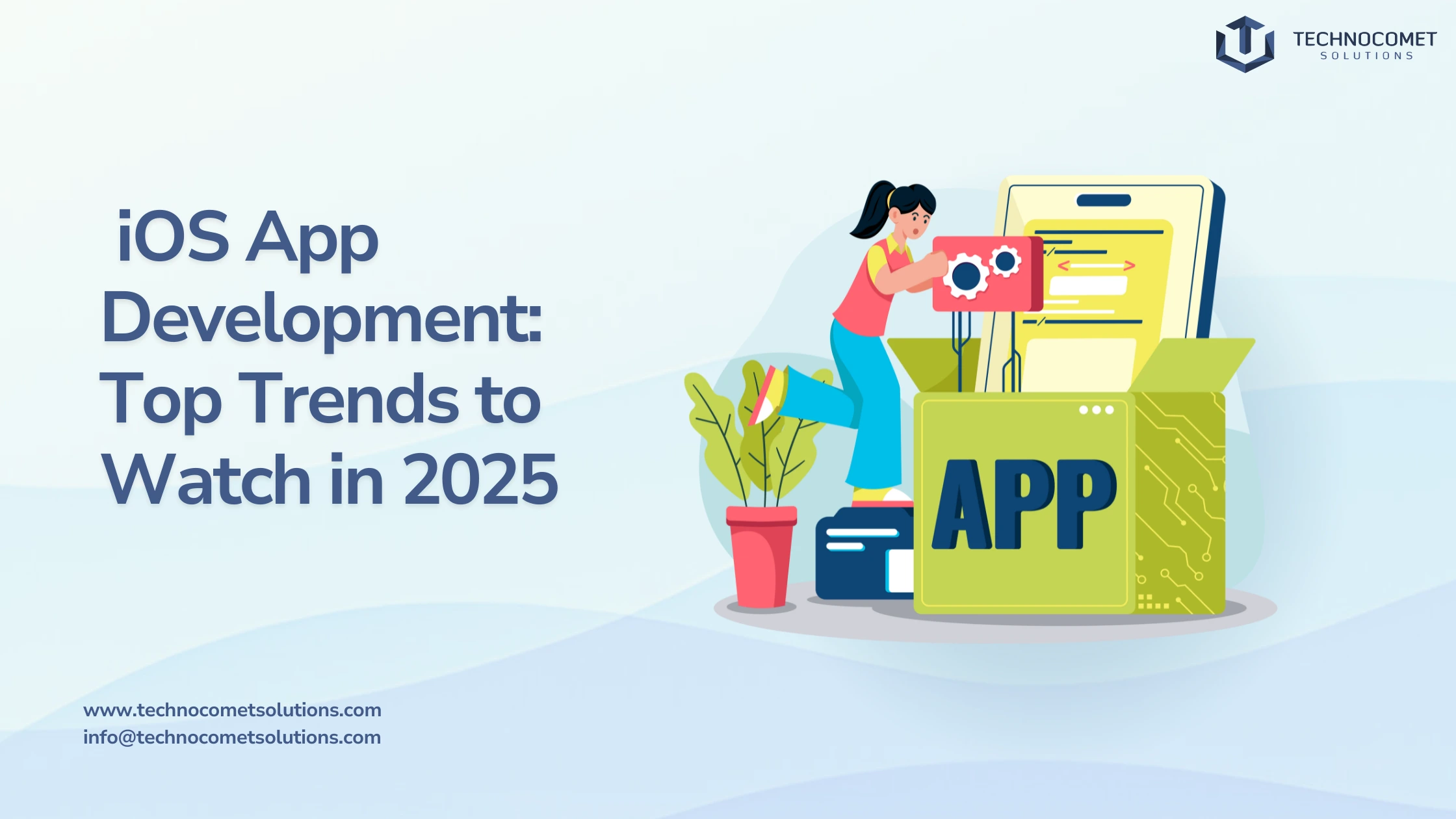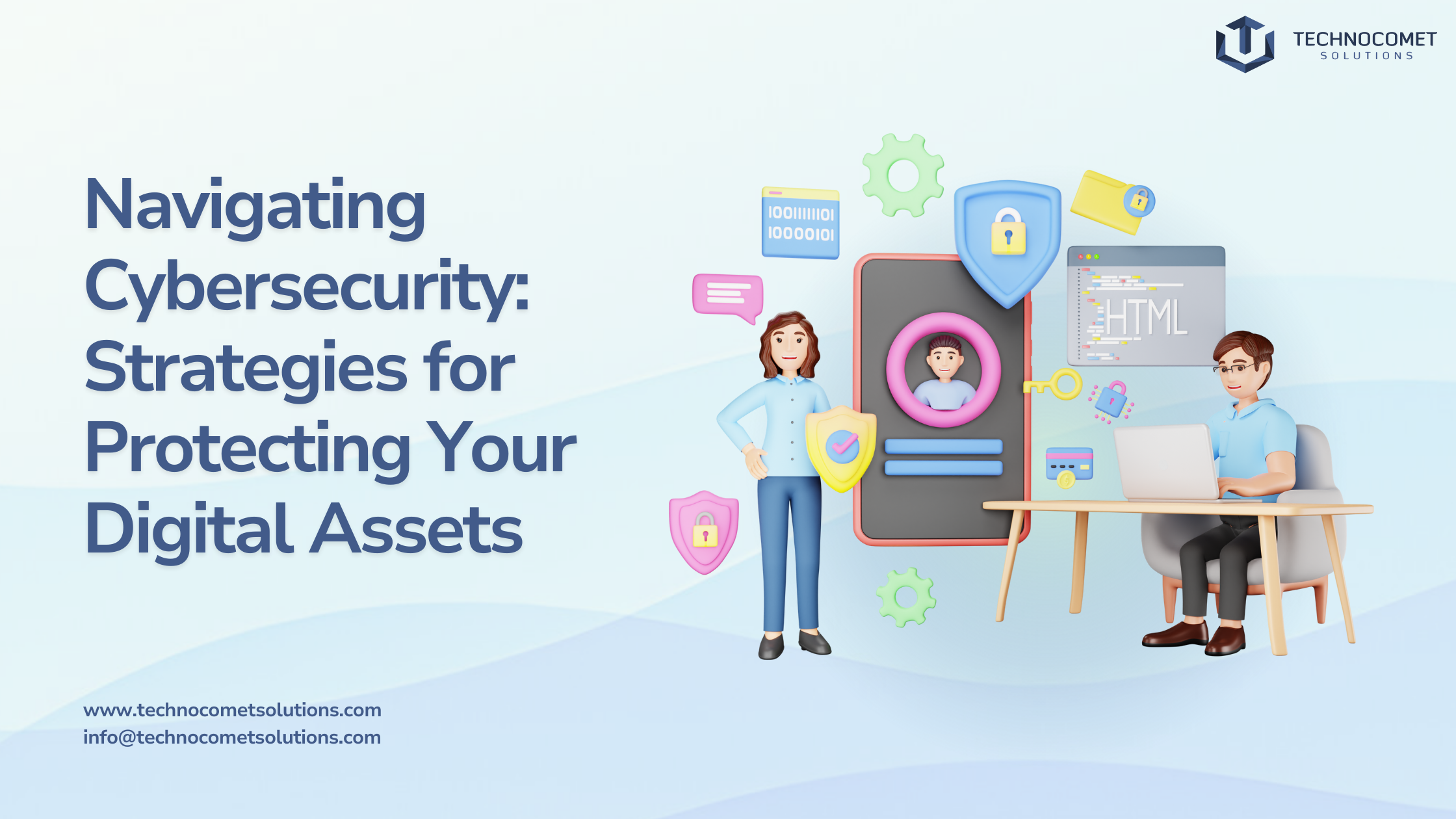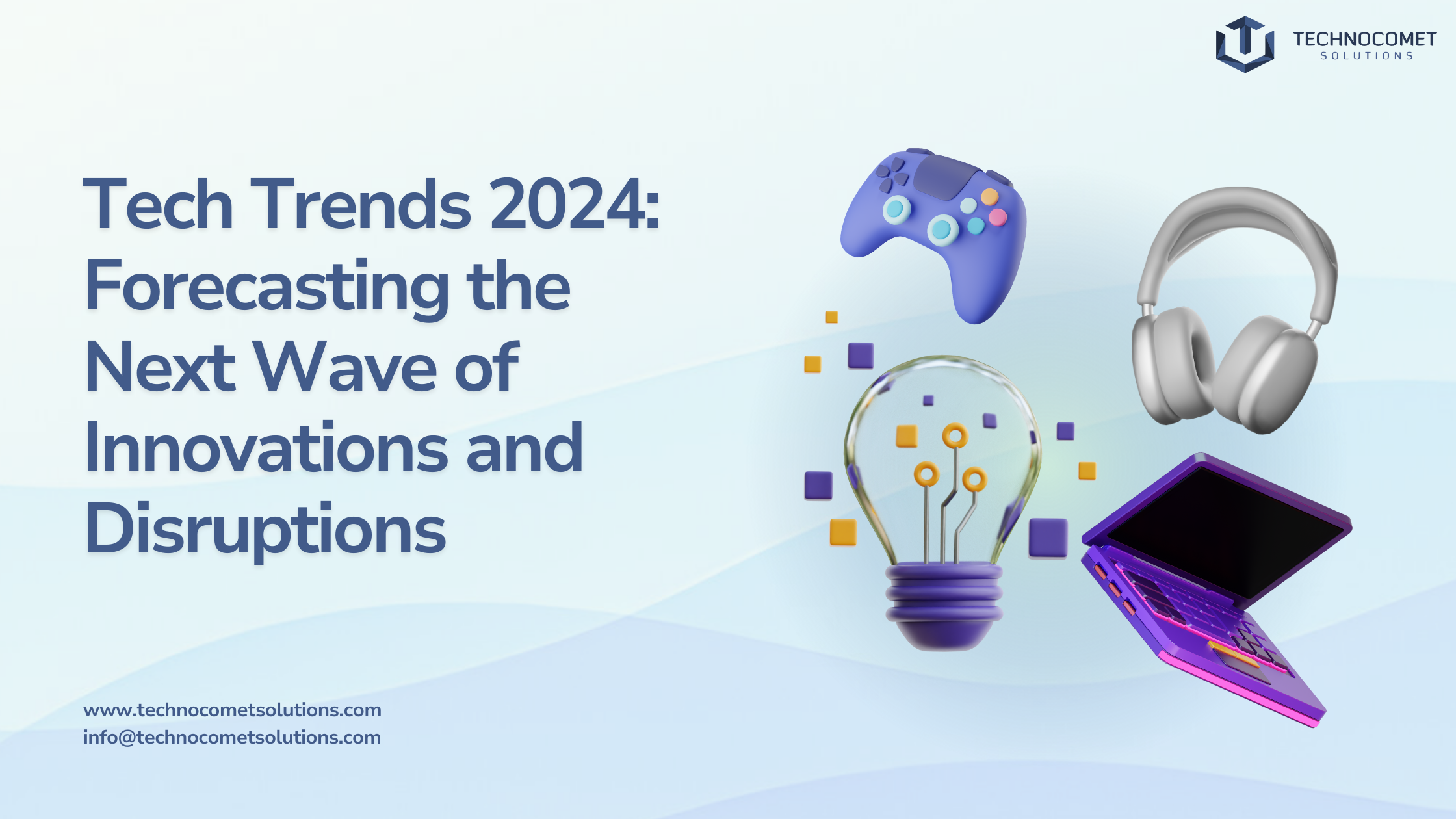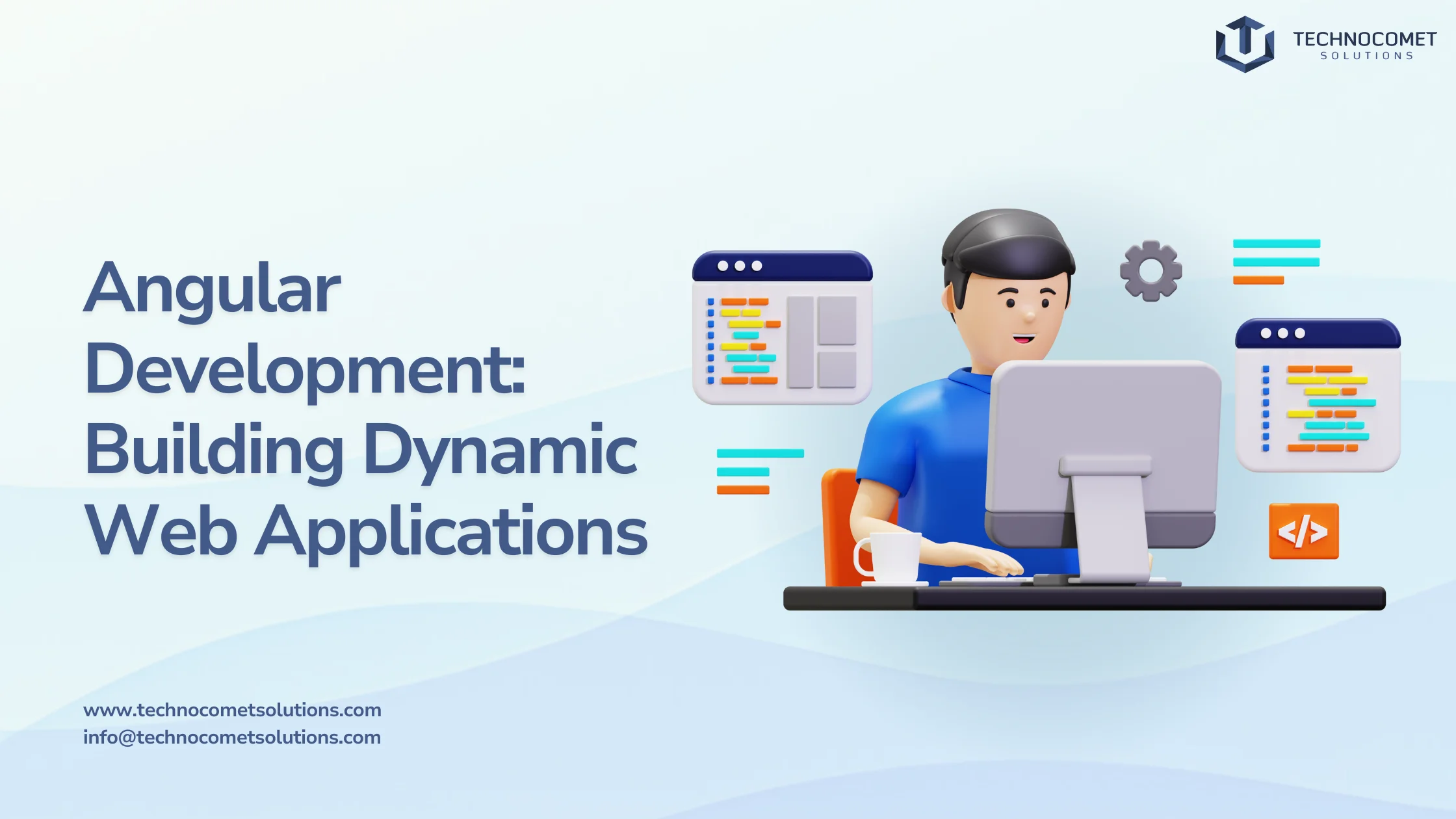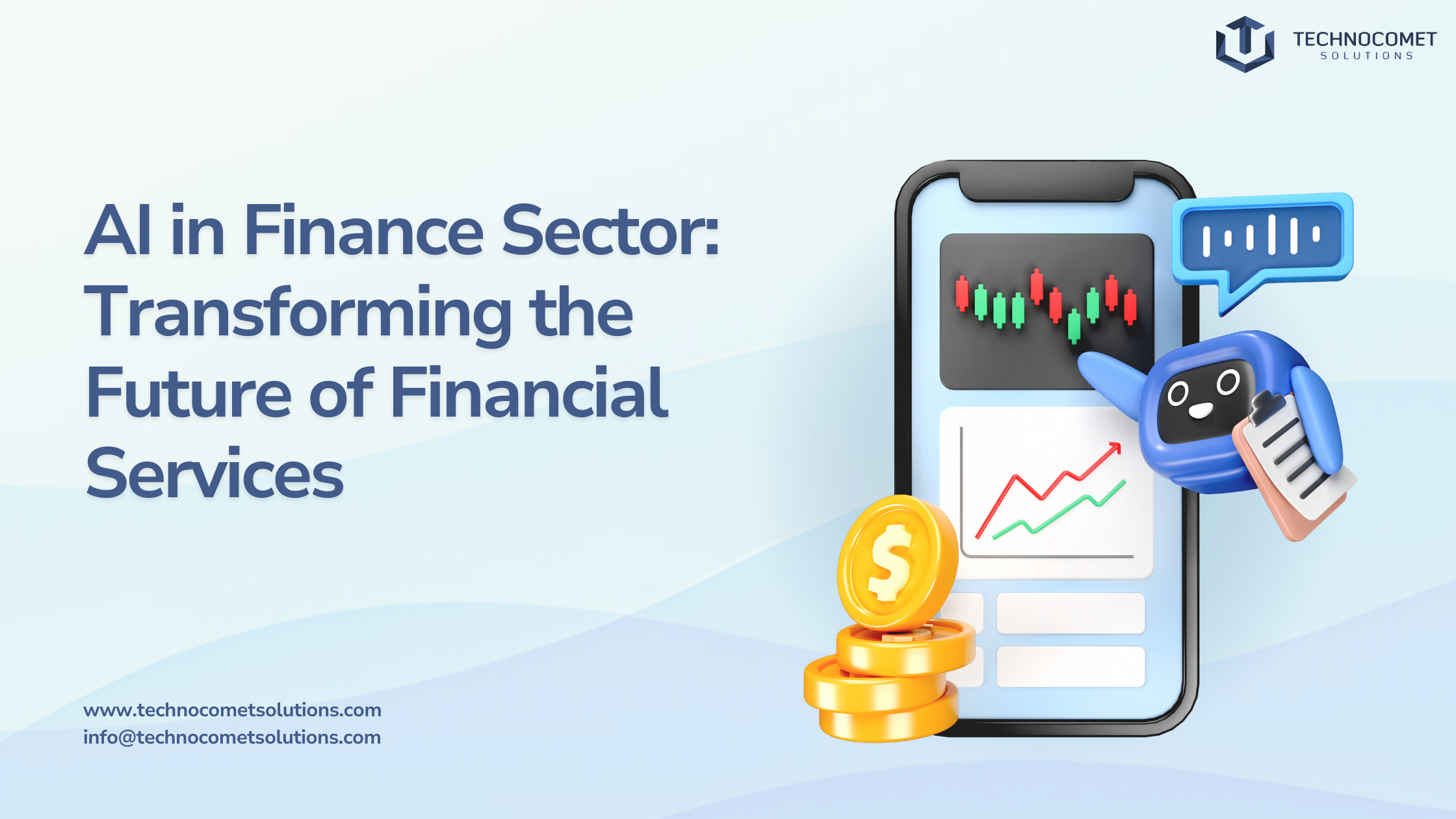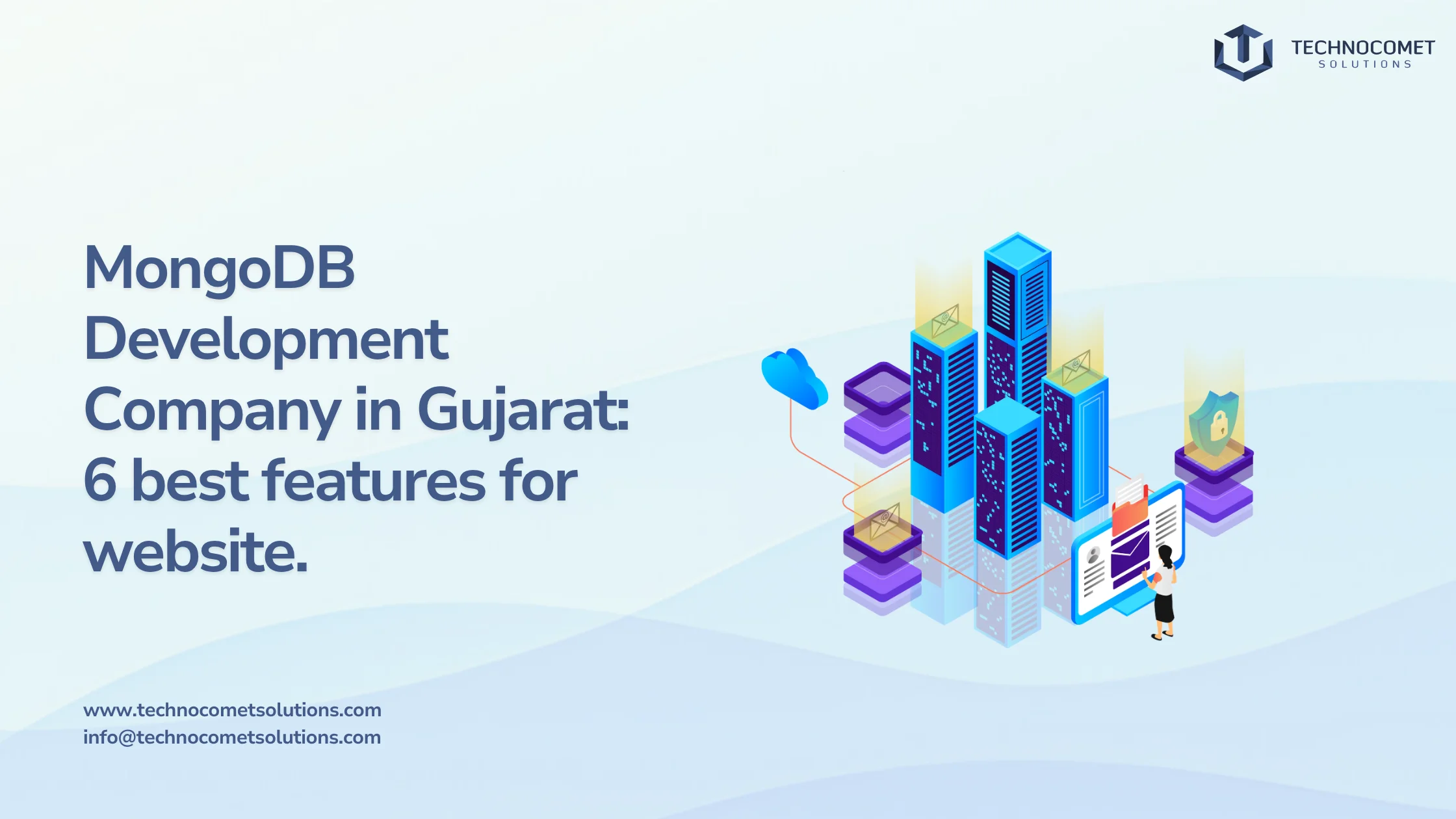Introduction
Have you ever launched an iOS app only to find it’s already behind the curve? In today’s fast-paced tech landscape, staying ahead in iOS app development can feel overwhelming, especially when new trends and user expectations seem to change overnight. If you’ve been struggling to keep your app relevant or noticed a dip in user engagement, you’re not alone. Many businesses face the same challenge, but there’s good news: understanding and embracing the latest trends can help you turn things around.
As we dive into the world of iOS app development in 2025, it’s clear that the industry is evolving faster than ever. From AI-powered features to seamless integrations with wearables, the tools and technologies available today make it possible to create apps that are smarter, safer, and more engaging. Whether you’re a developer, entrepreneur, or business owner, there’s never been a better time to explore what’s next in iOS app development and discover how these innovations can help your app stand out.
In this blog, we’ll explore the top trends shaping iOS app development this year—trends that will help you future-proof your app and delight your users. You’ll learn practical tips, discover the latest tools and find out how to leverage these trends for real business success. Need expert help? Technocomet Solutions is here to bring your iOS app vision to life.
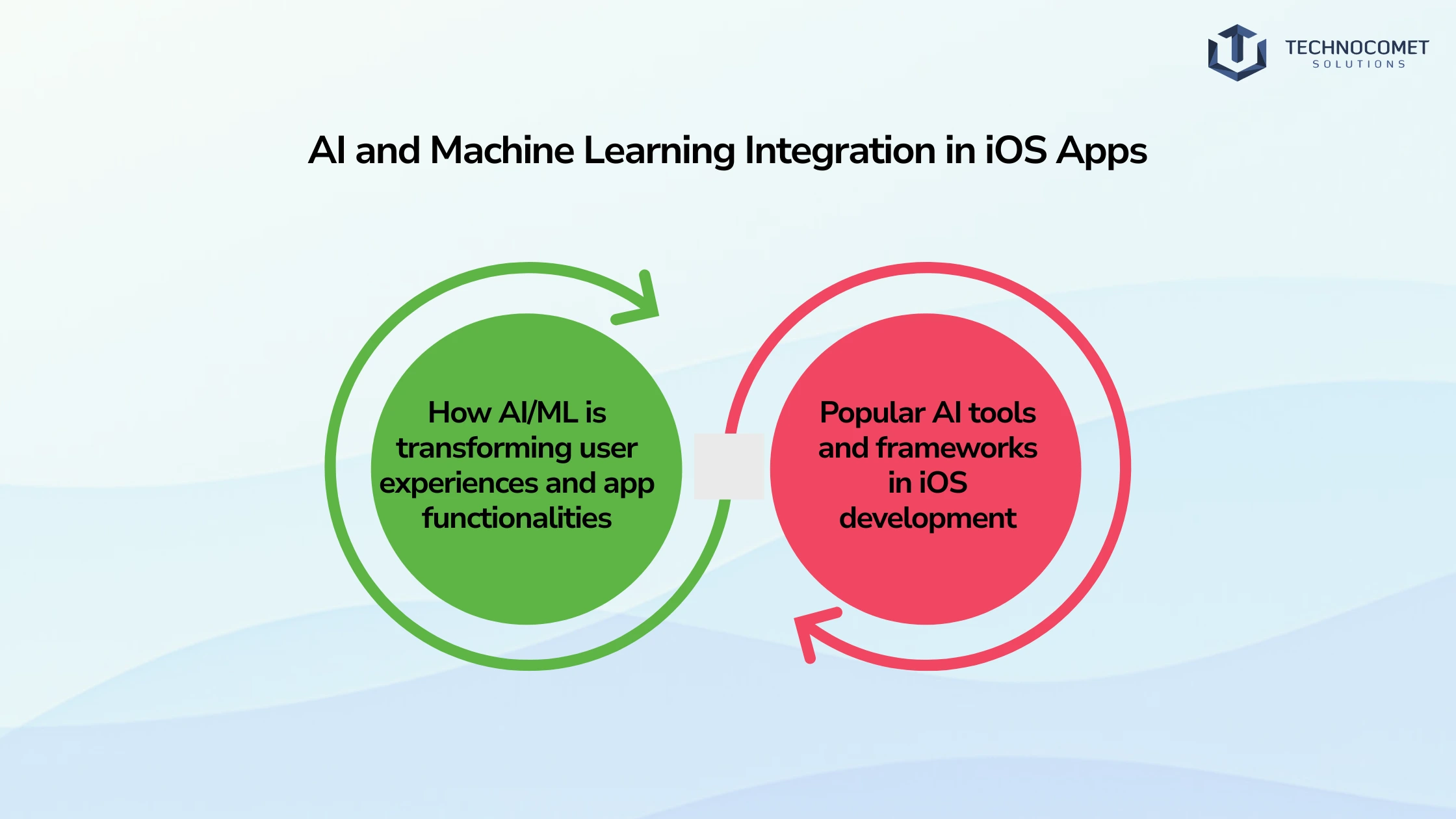
✨ AI and Machine Learning Integration in iOS Apps
✅ How AI/ML is transforming user experiences and app functionalities
Artificial intelligence (AI) and machine learning (ML) are no longer futuristic concepts-they are actively transforming the way iOS apps operate and interact with users. In 2025, AI and ML are at the forefront of iOS app development, enabling apps to deliver highly personalized, intelligent, and adaptive experiences. From voice assistants and chatbots to recommendation engines and predictive analytics, AI is making apps smarter and more useful.
One of the biggest advantages of integrating AI and ML into iOS apps is the ability to analyze user behavior in real-time and customize content accordingly. For example, a fitness app can use ML algorithms to suggest personalized workout plans based on a user’s activity patterns, while an e-commerce app can recommend products based on browsing history and preferences. This level of personalization significantly improves user engagement and retention, which are critical metrics for app success.
✅ Popular AI tools and frameworks in iOS development
Apple offers several powerful AI and ML tools specifically designed for iOS app development. Core ML, for instance, allows developers to deploy trained machine learning models directly on iOS devices, ensuring fast processing and enhanced privacy since data does not need to be sent to the cloud. Create ML simplifies the process of training custom models using your own data, making it accessible even for developers with limited AI expertise. Additionally, Apple’s Natural Language API enables apps to understand and process human language, powering features like sentiment analysis and language translation.
Beyond Apple’s native tools, third-party AI platforms such as OpenAI’s GPT models are increasingly being integrated into iOS apps to provide advanced conversational interfaces and content generation. These integrations open up new possibilities for creating engaging chatbots, virtual assistants, and interactive storytelling apps.
📌 Popular AI Tools and Frameworks:
- Core ML: Apple’s framework for deploying ML models on-device.
- Create ML: Simplifies custom model training.
- OpenAI GPT: Advanced conversational interfaces.
💡Pro Tip:
Embrace AI to personalize user experiences and improve retention. By leveraging AI-driven insights, your app can anticipate user needs, automate routine tasks, and deliver dynamic content that keeps users coming back.
📌 Looking to integrate AI into your iOS app? Contact TechnoComet Solutions for cutting-edge AI-driven iOS app development that will put your app ahead of the competition.
✨ Augmented Reality (AR) and Virtual Reality (VR) in iOS Apps
✅ The role of AR and VR in enhancing user experiences in 2025
Augmented reality (AR) and virtual reality (VR) have moved beyond novelty and are now powerful tools in the iOS app development landscape. In 2025, AR and VR technologies are revolutionizing how users interact with apps, offering immersive and interactive experiences that blend the digital and physical worlds. These technologies are no longer limited to gaming-they’re being widely adopted in retail, education, healthcare, real estate, and more.
✅ Popular iOS AR/VR tools and their applications
AR, in particular, is becoming a staple in iOS apps thanks to Apple’s ARKit framework, which provides developers with tools to create realistic and responsive AR experiences. For example, retail apps can allow customers to visualize how furniture might look in their homes before making a purchase, while educational apps can bring historical events or scientific concepts to life through interactive 3D models. VR, though less common on mobile, is gaining traction for training simulations, virtual tours, and immersive storytelling. RealityKit, another Apple framework, complements ARKit by simplifying the creation of 3D content and animations, enabling developers to build visually stunning AR experiences without needing deep expertise in 3D graphics.
The benefits of AR and VR in iOS app development are clear: they increase user engagement by providing unique, memorable experiences that traditional apps cannot match. For businesses, this means higher conversion rates, better customer satisfaction, and a stronger brand presence.
📌 Key Benefits of AR/VR:
- Enhanced user engagement.
- Higher conversion rates.
- Stronger brand presence.
💡 Pro Tip:
Create immersive AR/VR apps to stay ahead of the competition in mobile development. Focus on solving real user problems with AR/VR, such as enhancing shopping experiences or providing interactive learning tools.
✨ SwiftUI for Streamlined iOS App Development
✅ Why SwiftUI is a game-changer for iOS app development
SwiftUI has emerged as a game-changer in the world of iOS app development. Introduced by Apple as a modern framework for building user interfaces, SwiftUI uses a declarative syntax that allows developers to describe what the UI should look like and how it should behave, rather than how to build it step-by-step. This shift dramatically simplifies UI development and maintenance.
✅ How SwiftUI makes development faster and more efficient
One of the biggest advantages of SwiftUI is its ability to provide live previews within Xcode, Apple’s development environment. This means developers can see changes in real-time as they write code, speeding up the design and testing process. SwiftUI also integrates seamlessly with other Apple frameworks and supports features like dark mode, accessibility, and localization out of the box.
In 2025, SwiftUI adoption is expected to grow even further as Apple continues to enhance its capabilities and encourage developers to transition from UIKit. For businesses, this means faster development cycles, lower costs, and higher-quality apps. SwiftUI’s declarative approach reduces the likelihood of bugs and makes it easier to implement complex UI animations and gestures.
📌 SwiftUI Advantages:
- Faster development cycles
- Faster development cycles
- Lower costs
- Higher-quality apps
💡 Pro Tip:
Use SwiftUI to improve your app’s performance and reduce bugs. Its concise syntax and robust tooling help deliver polished, responsive apps that delight users.
✨ 5G-Enabled iOS Apps: The Future of Speed and Connectivity
✅ How 5G is enhancing the performance of iOS apps
The global rollout of 5G networks is a game-changer for iOS app development. With 5G, apps can take advantage of significantly faster data speeds and ultra-low latency, enabling new possibilities for real-time interactions and richer content delivery. This technology is particularly impactful for apps that rely on streaming, gaming, video conferencing, and other bandwidth-intensive activities.
✅ Benefits of faster connectivity in real-time apps
For example, multiplayer mobile games can now offer seamless, lag-free experiences, while video streaming apps can deliver higher resolution content without buffering. Real-time collaboration apps, such as those used for remote work or education, benefit from the improved responsiveness that 5G provides. Additionally, 5G enhances the capabilities of IoT devices connected to iOS apps, enabling faster data exchange and more reliable connections.
From a development perspective, planning for 5G means optimizing apps to leverage these network improvements. This might include supporting higher-quality video streams, enabling real-time data synchronization, or integrating edge computing to reduce server load and latency.
📌 Benefits of 5G for iOS Apps:
- Faster data speeds
- Ultra-low latency
- Improved streaming and gaming experiences
- Enhanced IoT device connectivity
💡 Pro Tip:
Plan your iOS app with 5G in mind to leverage speed and low latency for better user experiences. Designing apps that can dynamically adjust quality based on network conditions will help maximize performance across all user environments.
✨ Enhanced Security Features in iOS Apps
✅ Increasing focus on data privacy and security measures
Security and privacy are top priorities in iOS app development, especially as users become more aware of how their data is handled. Apple has set a high standard for app security, and in 2025, developers must continue to prioritize protecting sensitive information to build user trust and comply with regulations.
✅ Key iOS security tools to implement in 2025
Apple’s Secure Enclave, a dedicated security coprocessor, provides hardware-level protection for biometric data such as Face ID and Touch ID. This ensures that sensitive information never leaves the device, reducing the risk of data breaches. Additionally, Apple’s App Privacy Report gives users transparency about how apps access their data, encouraging developers to adopt privacy-first practices. On-device AI processing is another important trend, allowing apps to analyze data locally without sending it to external servers. This approach not only improves performance but also enhances privacy by keeping personal data on the user’s device.
Developers should also implement best practices such as end-to-end encryption, secure authentication methods, and regular security audits. By doing so, they protect users and differentiate their apps in a crowded market where security is a key decision factor.
📌 Key Security Features:
- Secure Enclave for biometric data
- App Privacy Report for transparency
- On-device AI processing
💡 Pro Tip:
Prioritize app security to protect sensitive data and build user trust. Strong security measures can become a unique selling point for your app.
📌 At TechnoComet Solutions, we prioritize security. Let us help you build a secure iOS app that protects your users and meets the highest standards.
✨ Cross-Platform Development for iOS Apps
✅ The rise of cross-platform frameworks and why developers prefer them
Cross-platform development has gained massive popularity as businesses seek to reach both iOS and Android users without doubling their development efforts. Frameworks like Flutter and React Native allow developers to write a single codebase that runs on multiple platforms, significantly reducing time and cost.
✅ Tools like Flutter and React Native for iOS and Android apps
Flutter, developed by Google, uses the Dart programming language and offers a rich set of customizable widgets that mimic native UI components. It’s known for its fast performance and expressive UI capabilities. React Native, backed by Facebook, uses JavaScript and allows developers to leverage a vast ecosystem of libraries and tools.
For iOS app development, cross-platform frameworks mean faster time-to-market and easier maintenance. However, developers should carefully evaluate trade-offs, such as potential limitations in accessing platform-specific features or performance nuances, to ensure the best user experience.
📌 Popular Cross-Platform Frameworks:
- Flutter: Google’s UI toolkit for building natively compiled applications.
- React Native: Facebook’s framework for building mobile apps with JavaScript.
💡 Pro Tip:
Use cross-platform development to save time and reach a larger audience. Consider hybrid approaches where critical features are built natively while the rest of the app uses cross-platform tools.
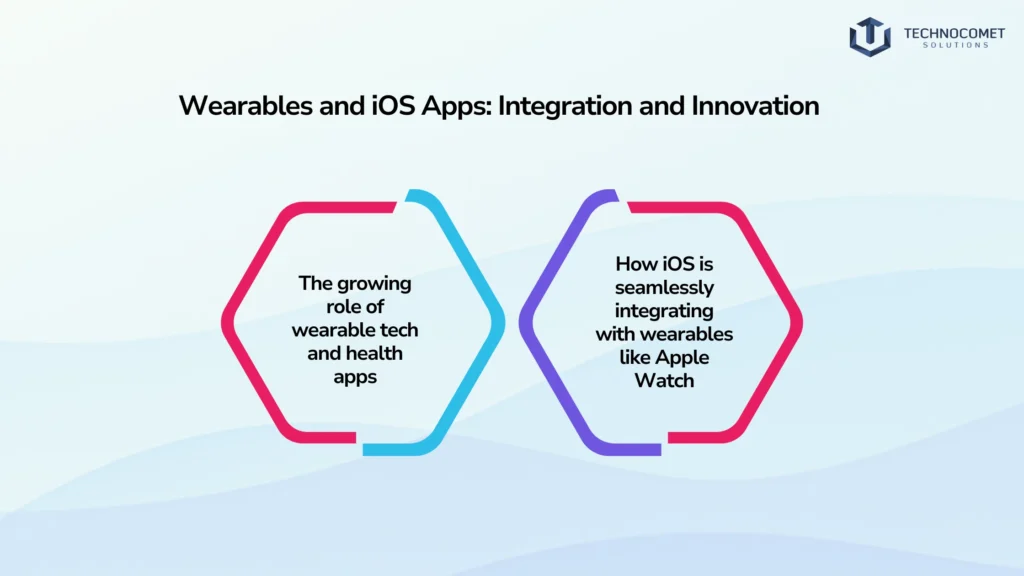
✨ Wearables and iOS Apps: Integration and Innovation
✅ Understanding the Fundamentals of Quantum Computing:
Wearable technology, particularly the Apple Watch, continues to expand its role in the iOS ecosystem. In 2025, iOS app development increasingly focuses on integrating wearables to provide users with health monitoring, fitness tracking, notifications, and even remote control capabilities.
✅ How iOS is seamlessly integrating with wearables like Apple Watch
Health and wellness apps benefit greatly from wearable integration, offering real-time heart rate monitoring, sleep tracking, and activity analysis. Developers can use Apple’s HealthKit and WatchKit frameworks to build apps that sync seamlessly between iPhones and Apple Watches, providing a holistic user experience.
Wearables also open up new interaction models, such as glanceable information and voice commands, which can enhance app usability and engagement.
📌 Wearable Integration Benefits:
- Real-time health monitoring
- Seamless data syncing
- New interaction models
💡 Pro Tip:
Consider wearables when developing apps for a holistic and health-focused experience. Leveraging wearable data can add significant value and differentiate your app.
Health and wellness apps benefit greatly from wearable integration, offering real-time heart rate monitoring, sleep tracking, and activity analysis. Developers can use Apple’s HealthKit and WatchKit frameworks to build apps that sync seamlessly between iPhones and Apple Watches, providing a holistic user experience.
✨ Cloud-Based iOS Apps for Scalability
✅ Benefits of using cloud computing for iOS apps
Cloud computing is essential for building scalable iOS apps that can handle growing user bases and data volumes. By leveraging cloud platforms like AWS, Google Cloud, and Microsoft Azure, developers can offload data storage, processing, and backend services, enabling apps to scale seamlessly.
✅ Popular cloud tools and platforms for iOS development
Cloud integration supports features like real-time data synchronization, user authentication, push notifications, and analytics. It also facilitates continuous deployment and updates, ensuring apps remain up-to-date without disrupting users.
For businesses, cloud-based iOS app development means flexibility and cost-efficiency. You can start small and scale as your user base grows, paying only for the resources you use.
📌 Cloud Benefits for iOS Apps:
- Scalability to handle growing user bases
- Cost-efficiency with pay-as-you-go resources
- Support for real-time data and notifications
- Seamless deployment and updates
💡 Pro Tip:
Make your iOS app scalable with cloud solutions to handle future growth. Use cloud-native architectures and microservices to improve app resilience and performance.
Conclusion
The world of iOS app development is evolving at an unprecedented pace, and the window for businesses to adapt, innovate, and secure their place in the market is closing fast. The year 2025 marks a pivotal moment for anyone involved in iOS app development-developers, entrepreneurs, and business leaders alike. By embracing the latest trends-from AI and machine learning integration, AR/VR experiences, and SwiftUI to 5G connectivity, enhanced security, cross-platform development, wearables, and cloud-based solutions-you can future-proof your apps, unlock new opportunities for growth, and deliver experiences that truly resonate with your users. The businesses that embrace change and proactively adapt to the new iOS app development landscape will be the ones that stand out, retain loyal users, and succeed in the years to come.
Ready to take the leap? TechnoComet Solutions is your trusted partner for navigating the exciting world of iOS app development. We’ll help you assess your current app strategy, identify opportunities for improvement, and implement customized solutions that align with your business goals. Let’s build the future-together! 🌟
Engage, inspire, and stay ahead of the competition-that’s what cutting-edge iOS app development is all about in 2025!
Reach out to TechnoComet Solutions today! 🚀💡📌
FAQs
Key trends include AI and machine learning integration, AR/VR features, SwiftUI for streamlined development, 5G-enabled apps, enhanced security, cross-platform tools, wearable integration, and cloud-based solutions. Staying updated on these trends helps you build apps that meet modern user expectations.
AI enables personalized user experiences, predictive analytics, intelligent chatbots, and improved voice recognition, making apps smarter and more engaging. This technology also helps automate tasks and improve app efficiency.
SwiftUI simplifies UI development, reduces code, and speeds up the process by up to 40%, helping developers create responsive and dynamic apps more efficiently. It also makes it easier to maintain and update apps over time.
5G offers faster speeds and lower latency, enabling real-time features in gaming, streaming, and IoT integration for a seamless user experience. This means apps can handle more data-intensive tasks without lag.
Prioritize transparent privacy practices, on-device AI processing, and Apple’s security tools to protect user data and build trust. Regularly updating your app to address vulnerabilities is also essential.

